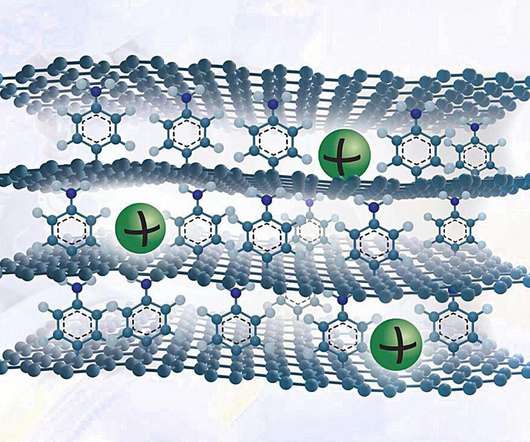Chalmers team develops graphite-like anode for Na-ion batteries; Janus graphene
Green Car Congress
AUGUST 26, 2021
Researchers at Chalmers University of Technology, Sweden, have developed a nanometric graphite-like anode for sodium ion (Na + storage), formed by stacked graphene sheets functionalized only on one side, termed Janus graphene. The estimated sodium storage up to C 6.9 100 to 150 mA h g ? 100 to 150 mA h g ?1
























Let's personalize your content